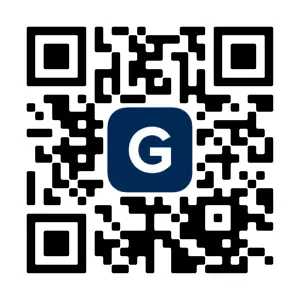Can you share an example of a small, localized AI pilot that was transformed into an enterprise-wide capability? What were the key steps and relationships required to make that happen?
Sort by:
We did a poc for filling in RFP requests for customers based on previous RFP's. It was a pilot in ICT and got quickly addapted in our sales department.
Our successful pilots have involved vendor-enabled AI in existing solutions, such as meetings and document management. We started with small test groups, ensured compliance, and then expanded access organization-wide. The current focus is on communication and training, helping users understand where AI adds value and encouraging exploration. We emphasize that AI is a tool, not magic, and users must actively engage to realize benefits.
We completed a pilot focused on Copilot, involving about 70 associates across multiple divisions to assess impact. As a highly regulated life insurance company, we blocked both free and licensed Copilot versions initially, ensuring proper security controls. The pilot required participants to commit to at least four hours per week using Copilot, resulting in 99% engagement. Training covered prompt engineering and integration with Microsoft productivity apps. Metrics included transcribing and note-taking efficiencies, with significant time savings observed. Successes and unique prompts were shared via a dedicated Teams channel. After presenting results to the executive committee, we rolled out the free version to all employees and licensed versions to leaders for further training. Individual contributors can request access by outlining expected benefits. This structured approach, with top-down support, facilitated broader adoption.
Treating Copilot as a new hire has helped set expectations—users must coach and train the tool rather than expecting instant results. This analogy has resonated, especially when leadership expects immediate, comprehensive answers from AI without providing context.
We began with a small, relatively safe pilot group focused on ambient listening using Epic as our EMR. Adoption was strong among users with compatible Apple or iOS devices, but expansion was limited by platform constraints—Android and browser users could not participate. The pilot grew organically among physicians but reached a plateau due to these technical limitations. To operationalize the solution, we collaborated across departments, leveraging Dragon by Nuance (now Microsoft). Establishing metrics for time saved was a key challenge, as many AI components measure areas not previously tracked. We worked with various departments to establish a baseline using ambient listening and note drafting, comparing it to previous dictation and correction practices. Success required cross-departmental cooperation and a willingness to navigate fuzzy baseline data.

We did a GenAI and Retrieval-Augmented Generation (RAG) pilot where end user can ask any question in plain English. Leveraging RAG and integrating data from external systems, the solution delivered context rich response to end user in plain English, in both summary and detail level. It was also able to show wonderful insights of the data. This got us quick win to implement on multiple suite of applications.